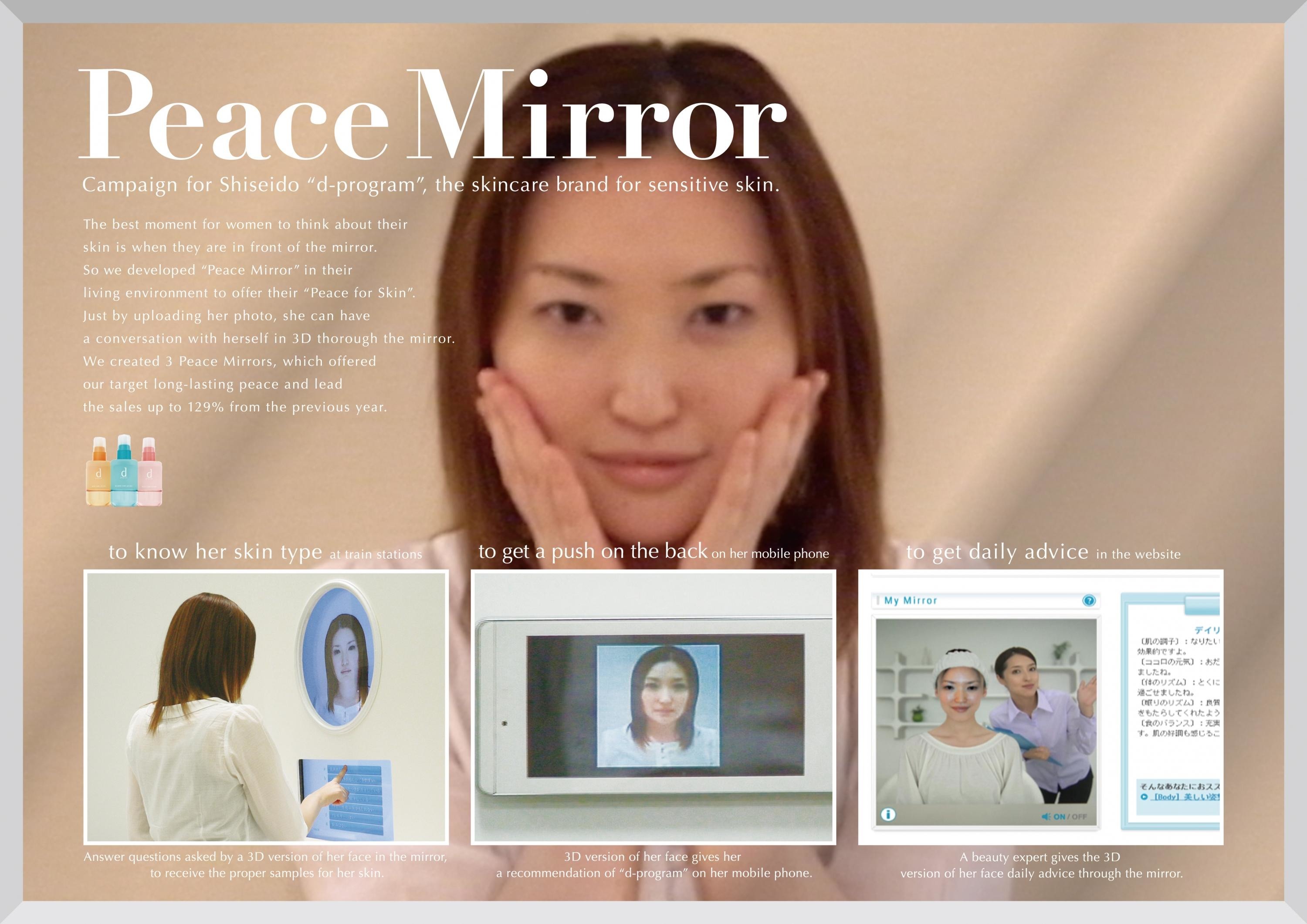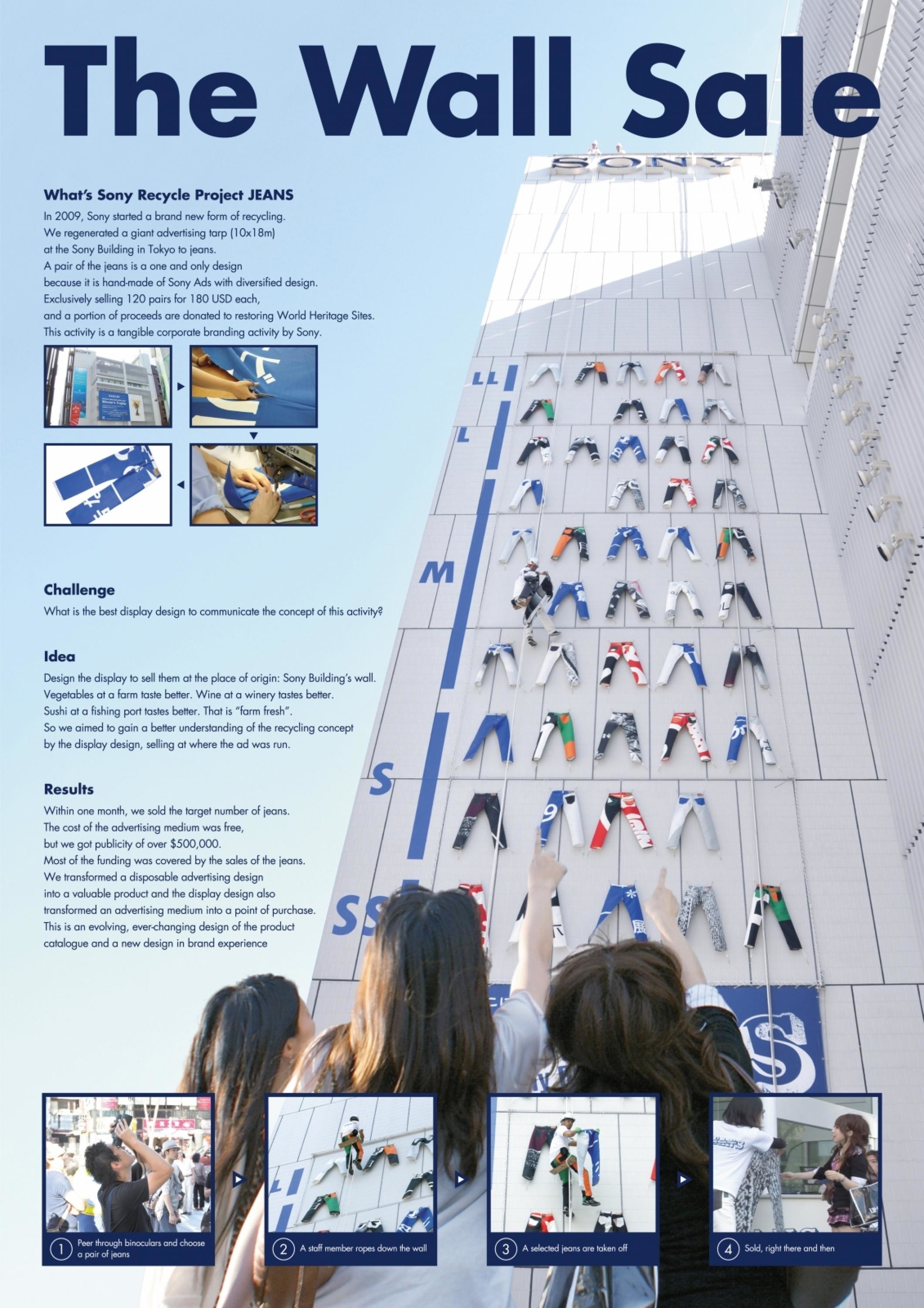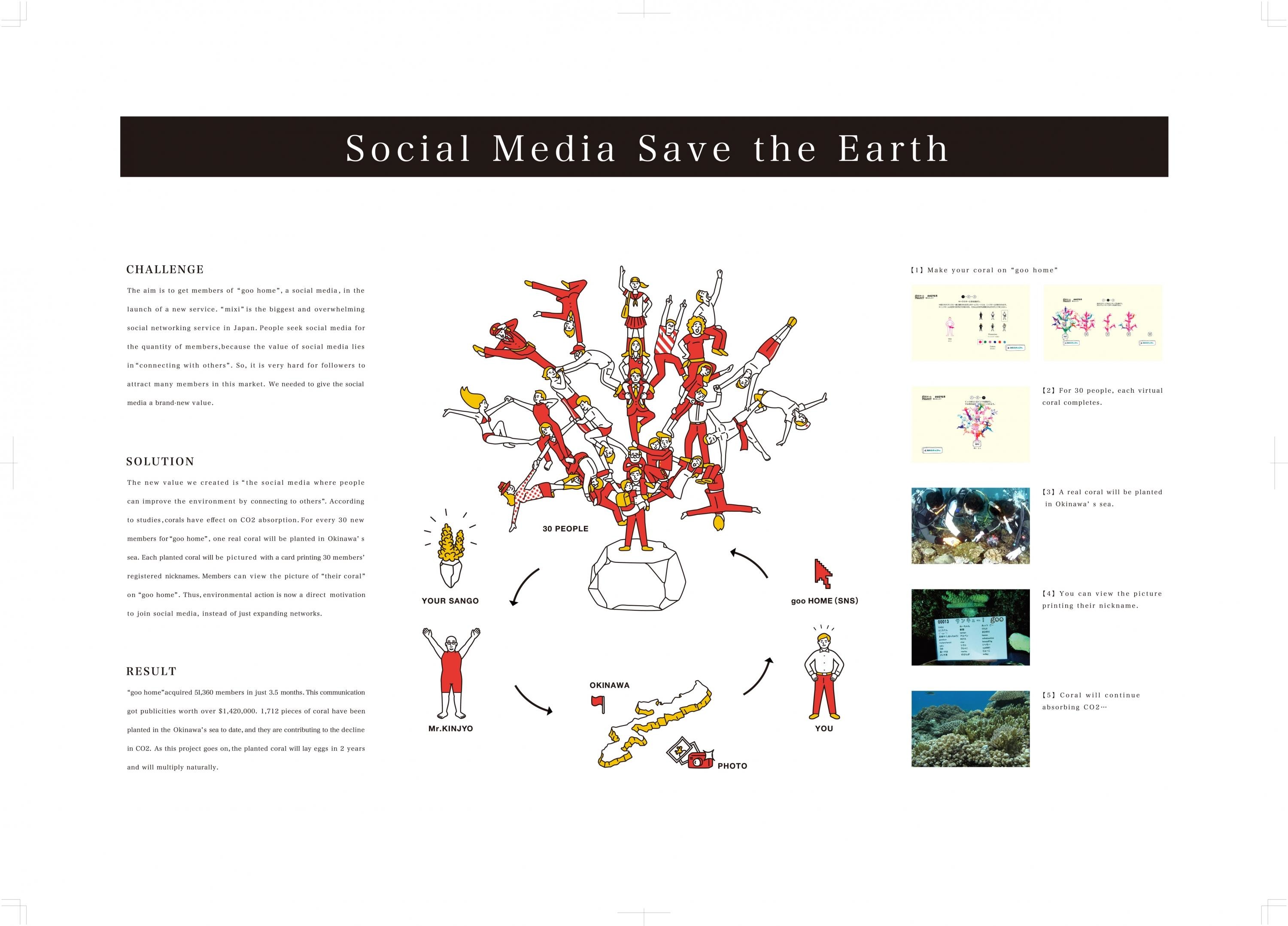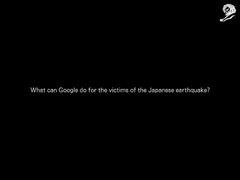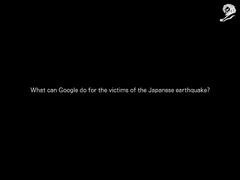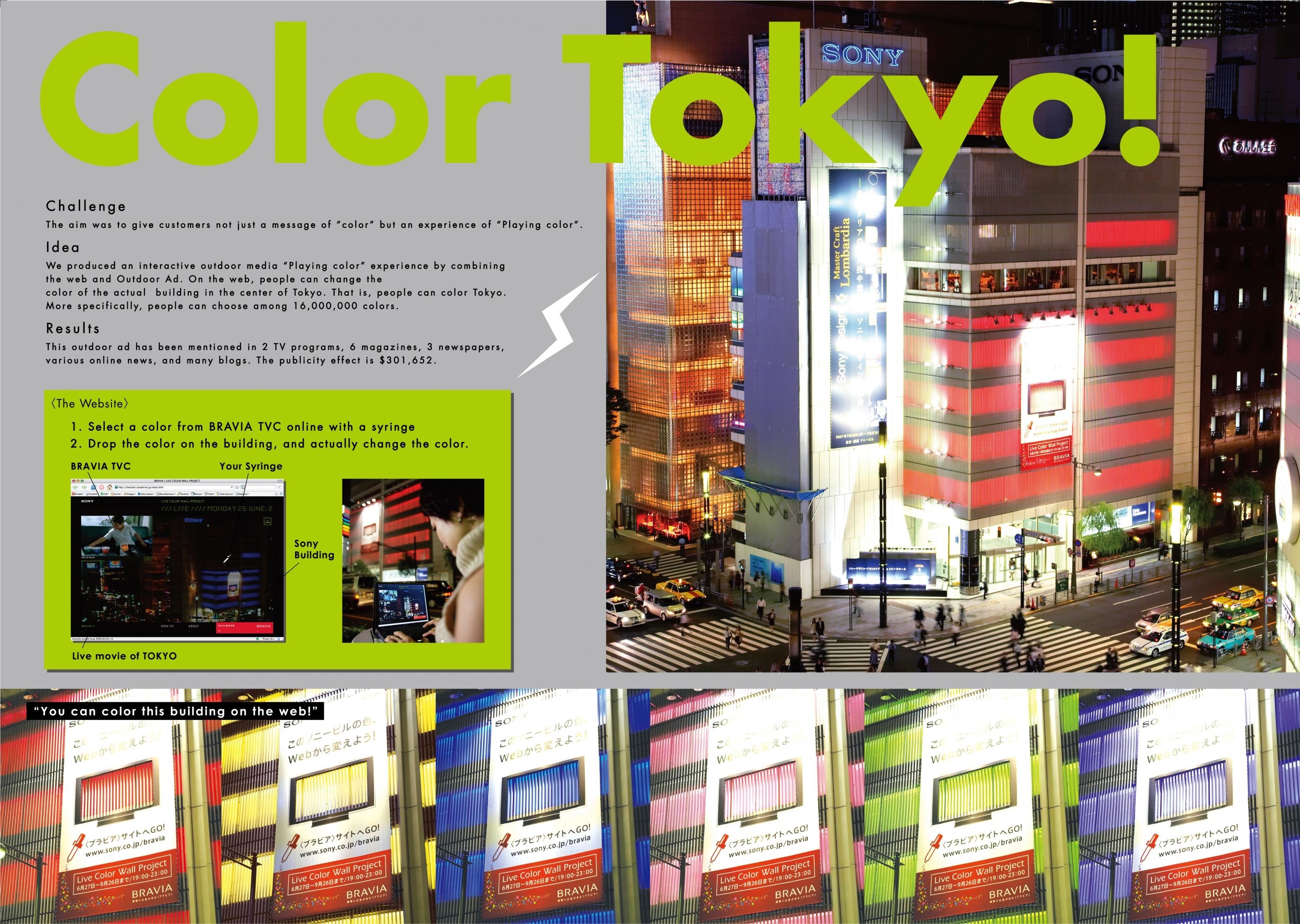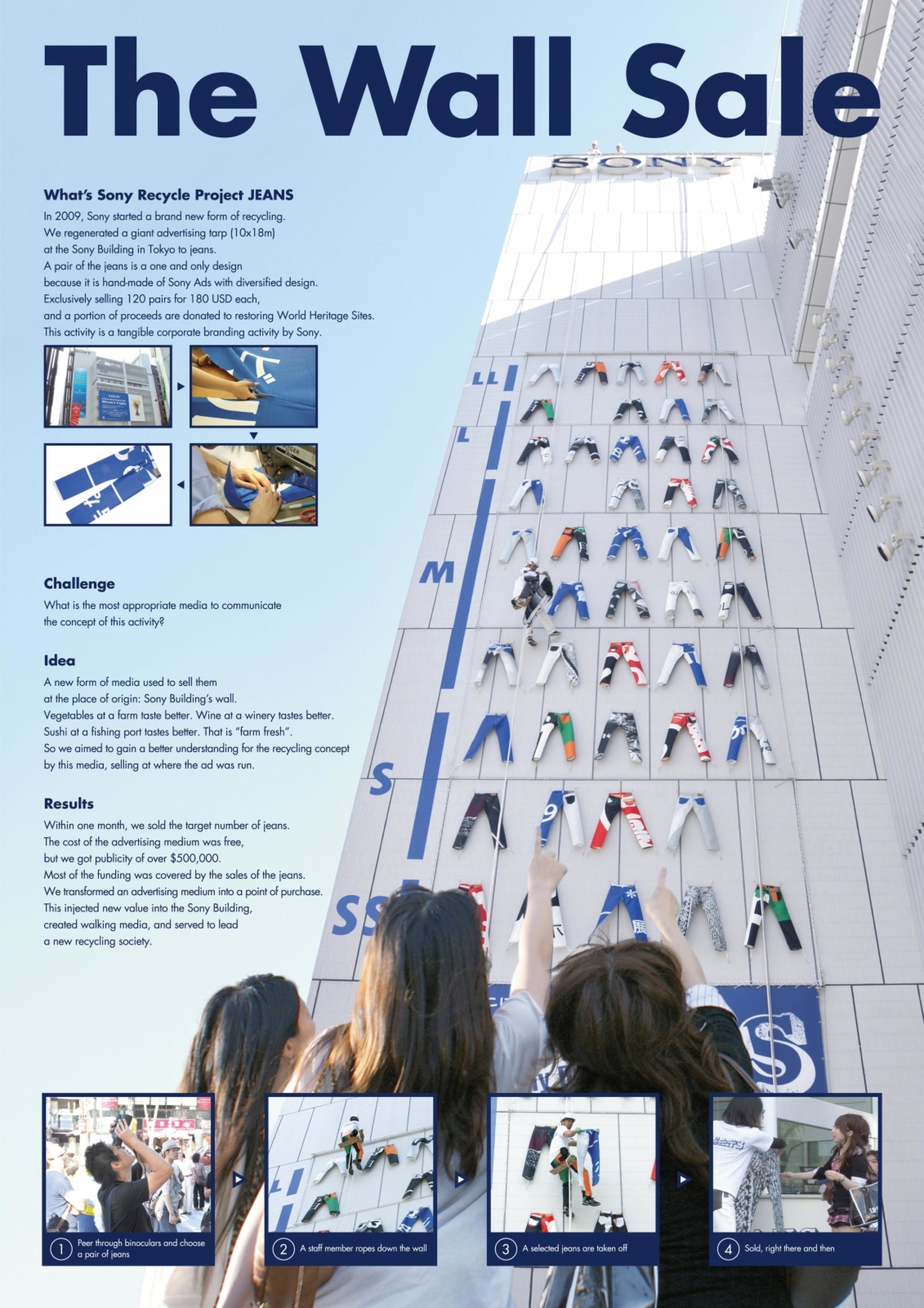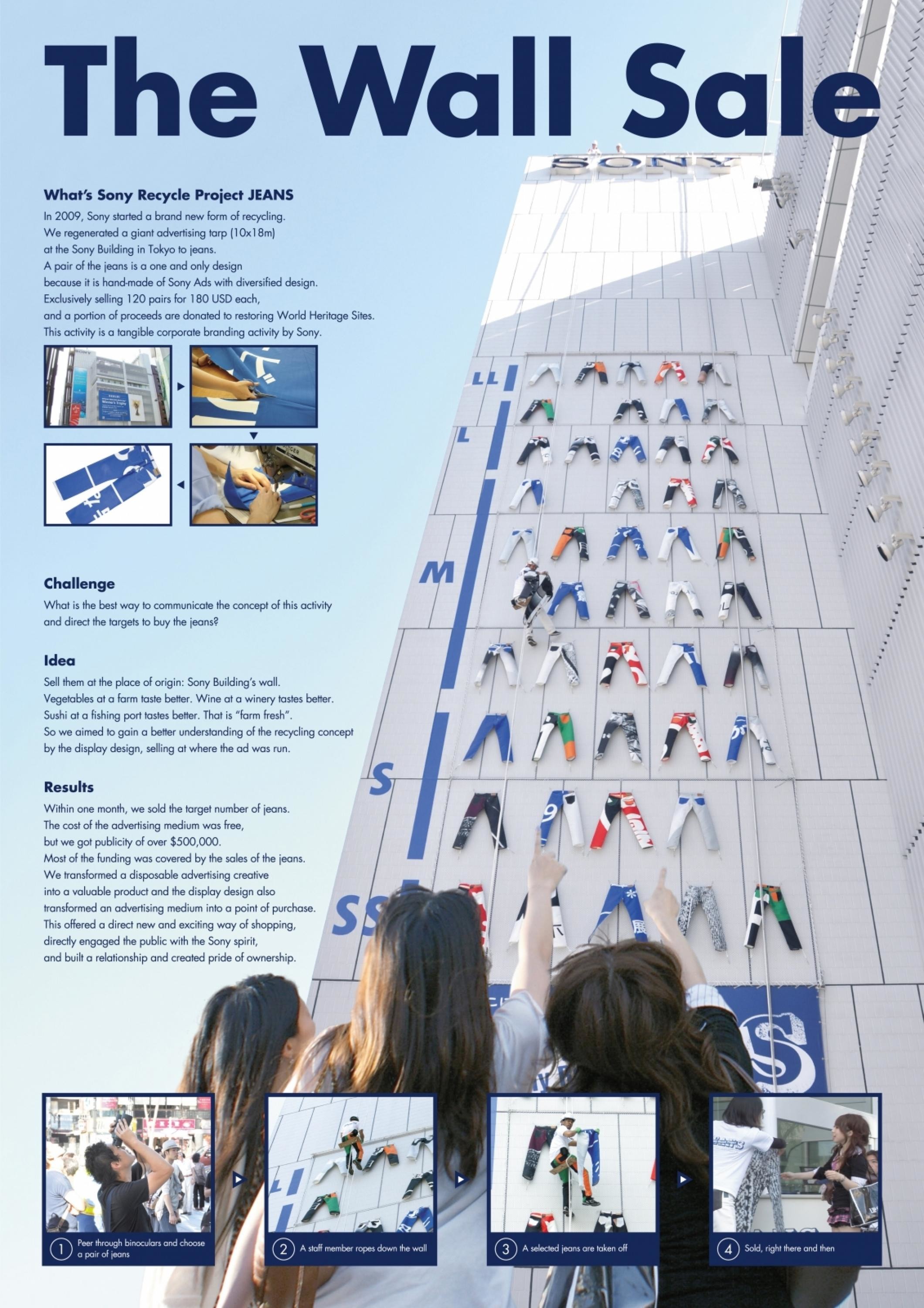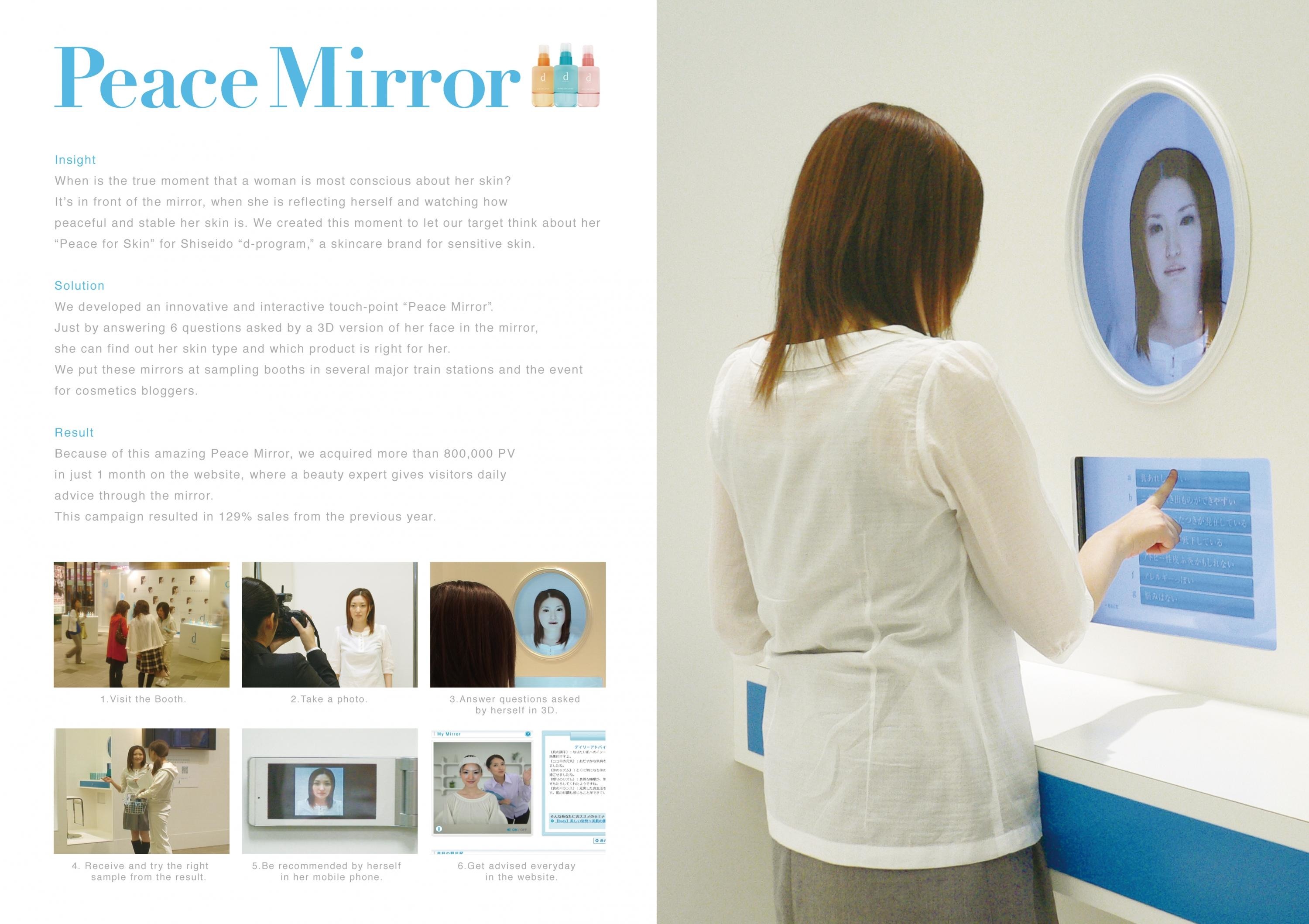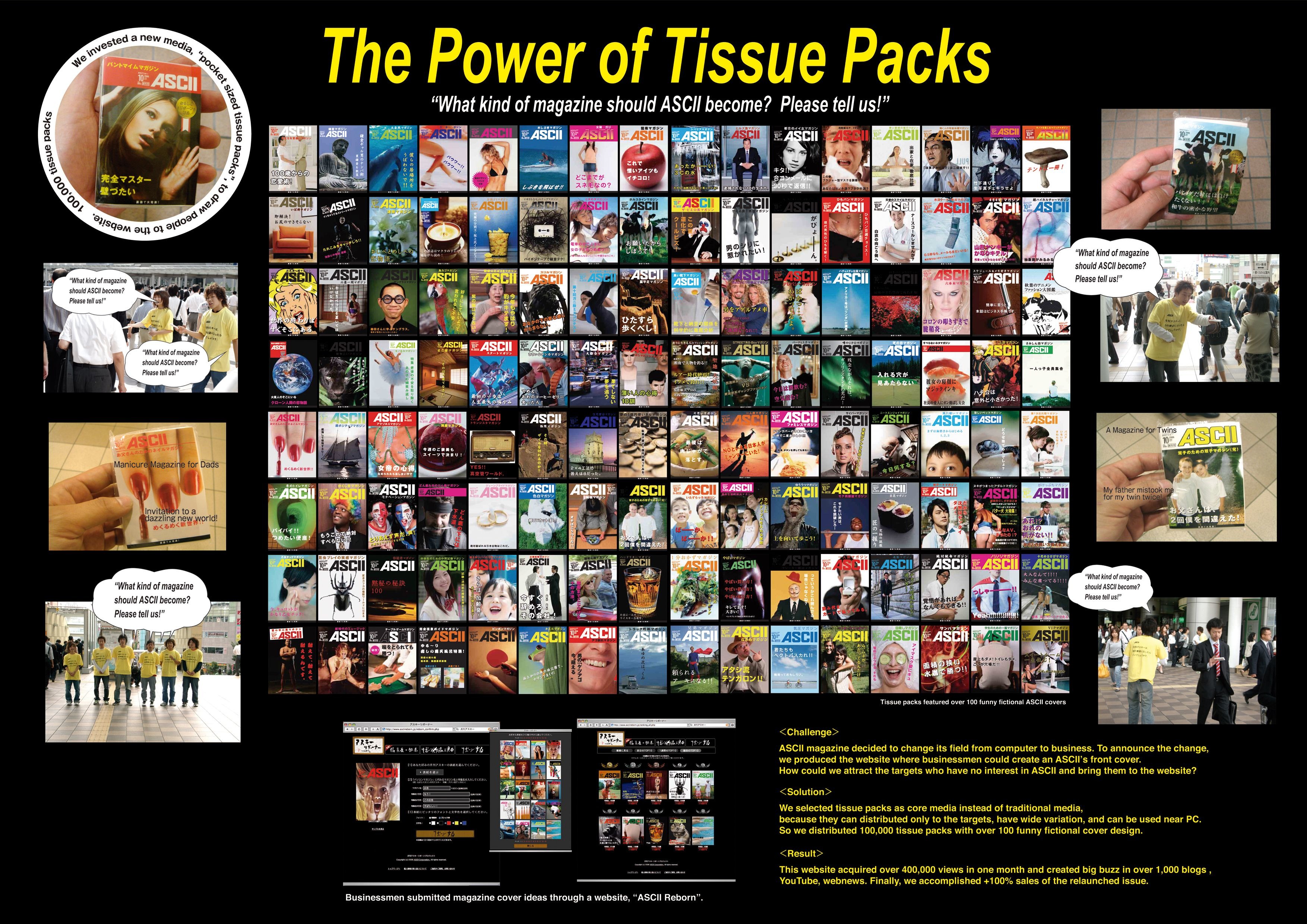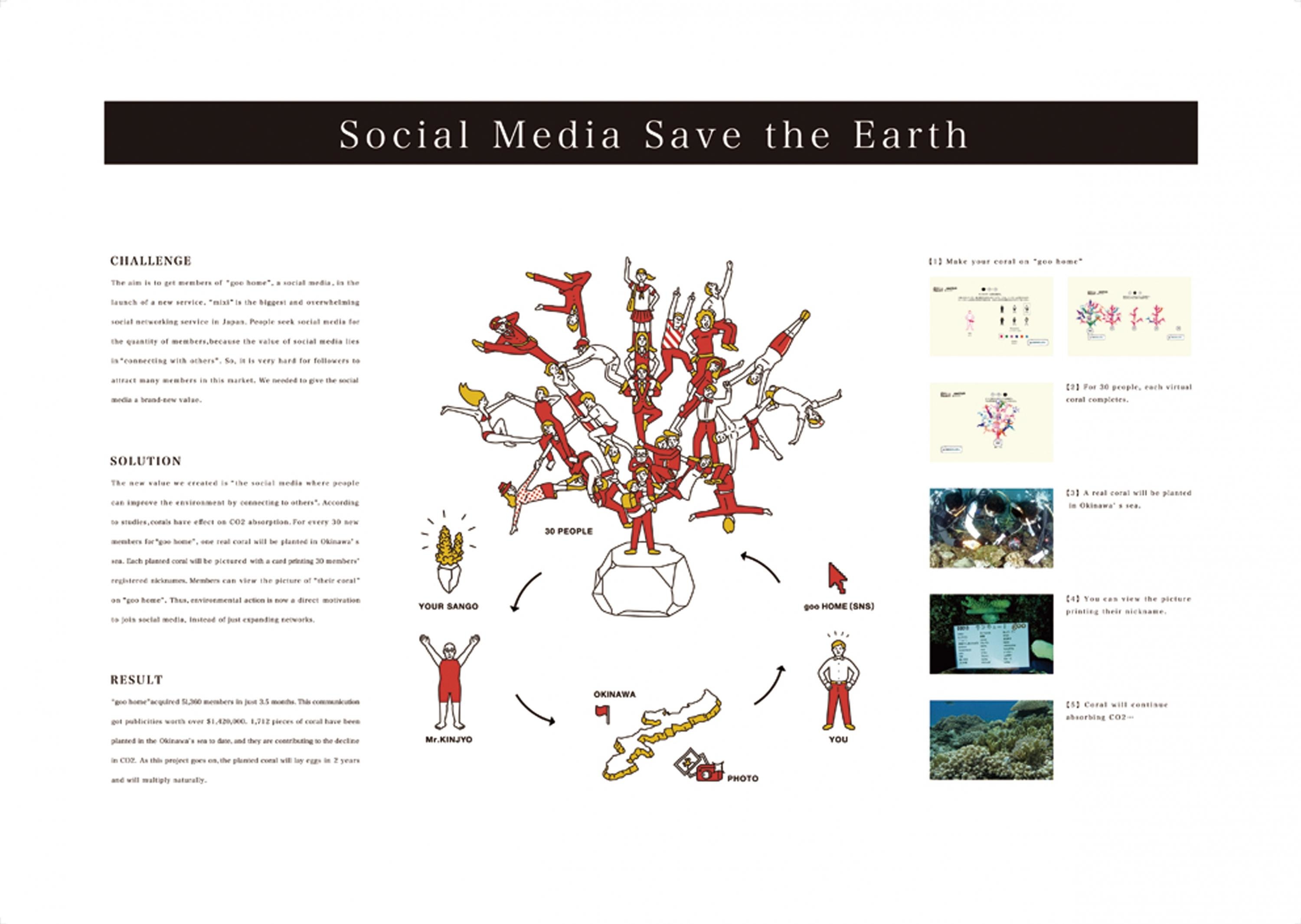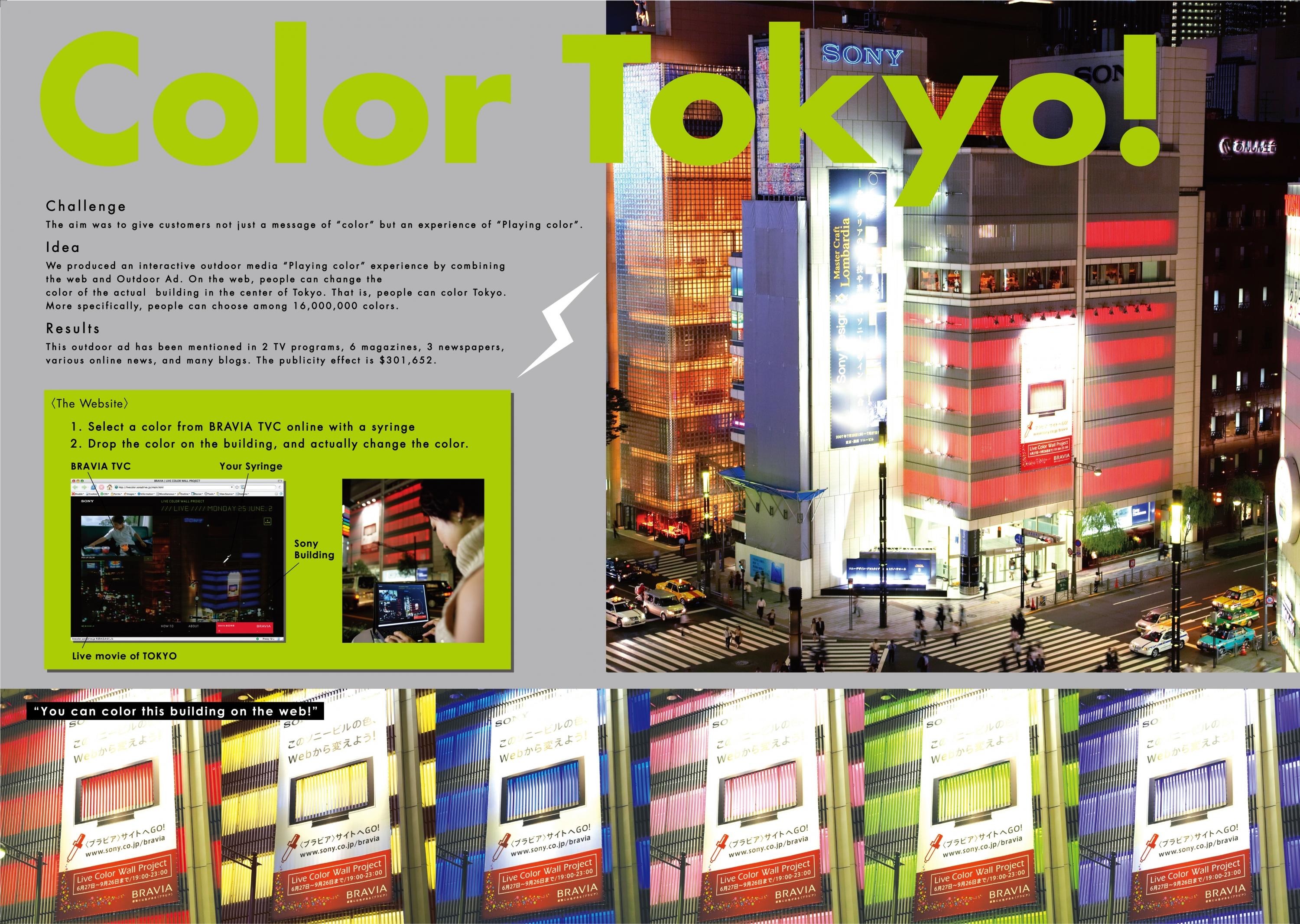Pharma > B: Communications to Non-Healthcare Professionals
EYE PLAY THE PIANO
HAKUHODO KETTLE, Tokyo / THE UNIVERSITY OF TSUKUBAS SPECIAL NEEDS SCHOOLS / 2015
Awards:
Overview
Credits
Overview
BriefWithProjectedOutcomes
In Japan, medical, prescription drug and pharmaceutical companies use television commercials, posters and web media to communicate and aggressively push their products and services. But the advertising regulations pertaining to the health effects are quite severe and the advertising of products, where the effects can’t be proven, are prohibited.
On the other hand, the current state of the communication of hospitals and special support schools by public groups isn’t as common and not performed as much.
CampaignDescription
Visually, audibly, and physically challenged people have limitations on expressing themselves freely.
Kota Numajiri is a 16-years-old student who suffers from Spinal Muscular Atrophy, a disease that affects muscular development in the arms and legs. He has loved music since he was a little child, and his dream was to play piano by himself.
Our idea was to develop a universal piano system called “Eye Play the Piano,” which enables a user to play piano without using one’s hands or arms, but only with their eyes.
We began by utilizing an eye-tracking system to recognize the direction of eyes through the virtual reality headset. The system detects the user’s eye movements to select the keys, and the blinks to play the corresponding note.
After 4 months of practicing, the disabled student played the piano for the first Christmas concert at the school.
ClientBriefOrObjective
Through the practice of their educational philosophy of, "expanding the possibilities of children" the University of Tsukuba’s Special Needs-Schools strives to deepen the understanding of education for the disabled to the world public and also plead to education-related personnel including the national institution in hopes of further improvement and development to the current state of Special Needs Education.
Execution
We developed the universal piano system,“Eye Play the Piano,” by using an eye-tracking system within a head mount display so the piano could be played without the use of hands or arms but rather by blinking on the desired key to play that note.
The arrangement of the standard keyboard, which is designed to be played by hand has been reassembled to an interface which can be played by “sight.” A very rich and varied musical performance can be obtained through the combined application of the mono-tone mode and harmonic mode.
The project to use the system in a musical performance was started alongside Kota Numajiri, a student of this school who was born with Spinal Muscular Atrophy and had never played a musical instrument. In December of 2014, after 4 months of practicing, he played the piano for their first ever Christmas concert at this school.
Outcome
Eye Play the Piano enables a handicapped person to play piano by detecting the user’s eye movements and blinks to play the desired note.
This system gave an opportunity for disabled people who have lost their arms or legs, or people with muscular diseases to try a new experience, which in this case is to play musical instruments freely without using their body.
Through charity fundraising, we donated the device to 53 other schools. Furthermore, the Ministry of Education has started to fully introduce the system to expressive education, which has advanced the future of special needs education in Japan.
Strategy
Children with physical handicaps who have difficulty with the movement of their hands or feet often have limitations with regards to“individual expression.”
This is where we came up with the idea of making good use of one part of their bodies that they could move freely, the eye.
The development for the universal piano system,“Eye Play the Piano,” was brought up with the idea of coupling an eye-tracking system to recognize the direction of eyes through the virtual reality headset with an instrument so the user could play the instrument without their hands or arms but instead only with their eyes.
Synopsis
In Japan there are over one million seven hundred thousand (1,700,000) people with physical disabilities and three hundred (300) schools for the physically disabled where children with physical disabilities attend.
The University of Tsukuba’s Special Needs Schools, who operate various schools across the country for the physically disabled, declares "expanding the possibilities of children" as their educational philosophy and aims to provide an educational environment where handicapped students can express their imagination freely.
More Entries from Education & Services in Pharma
24 items
More Entries from HAKUHODO KETTLE
24 items

